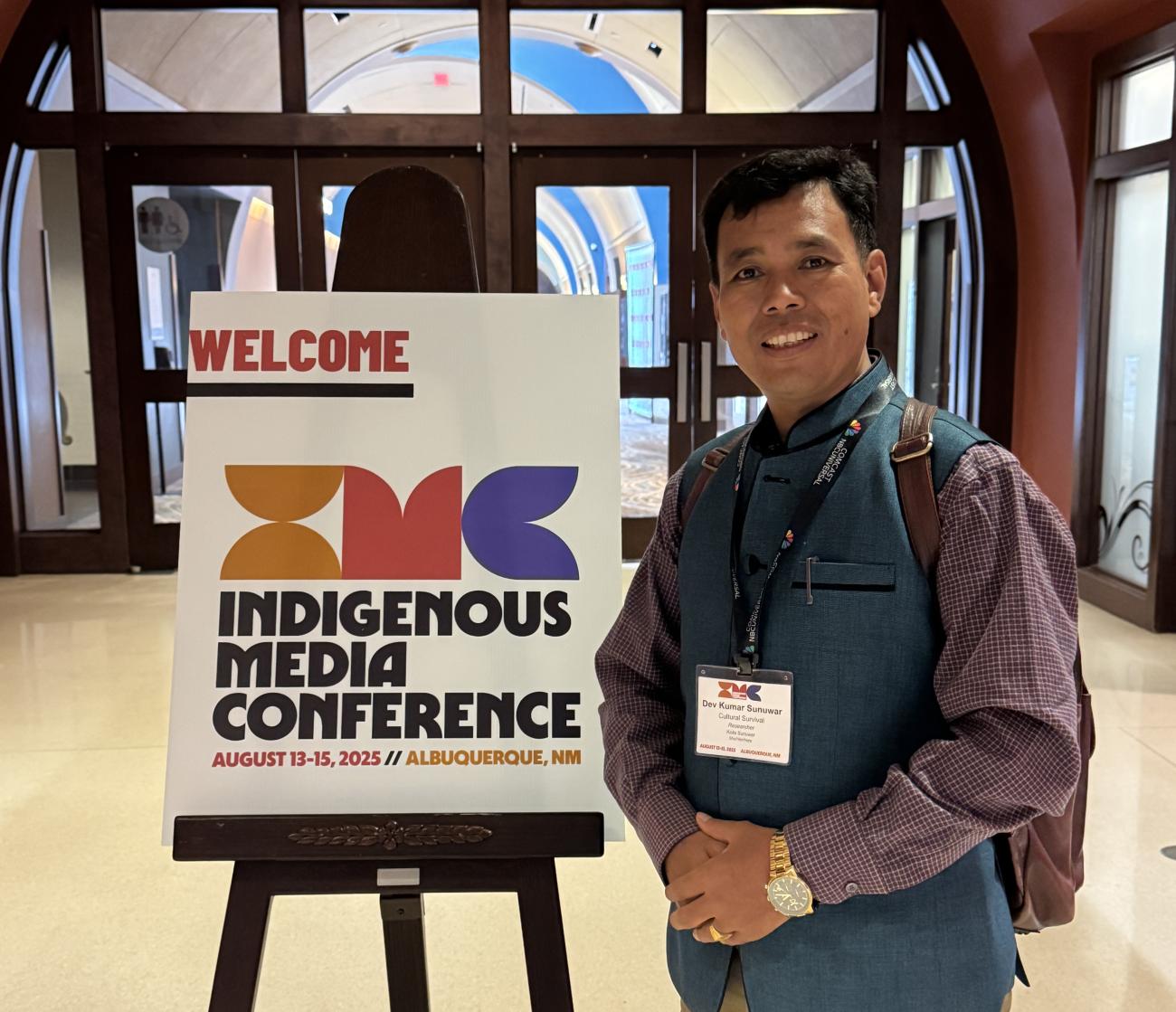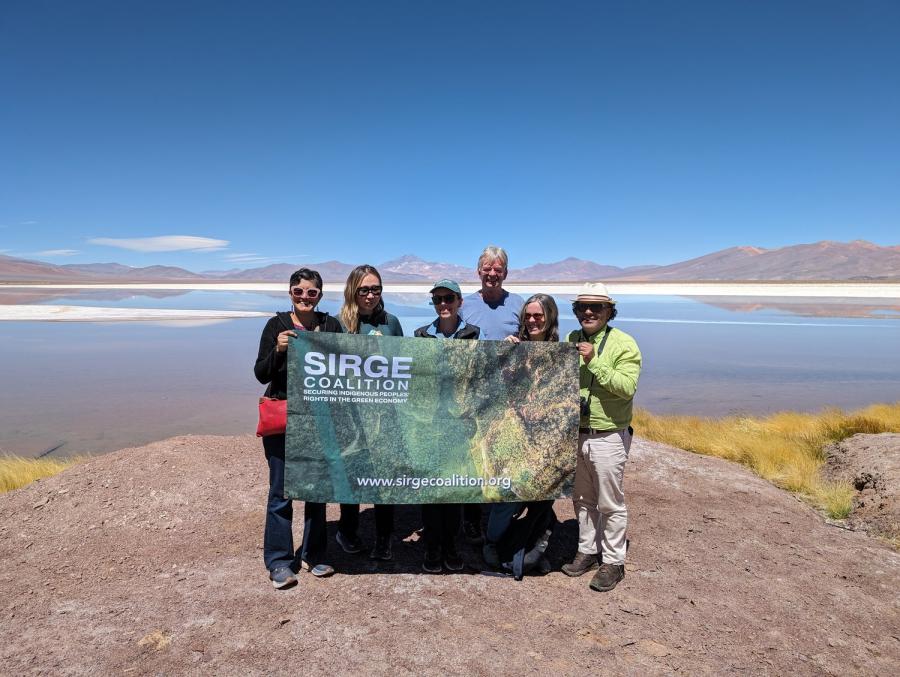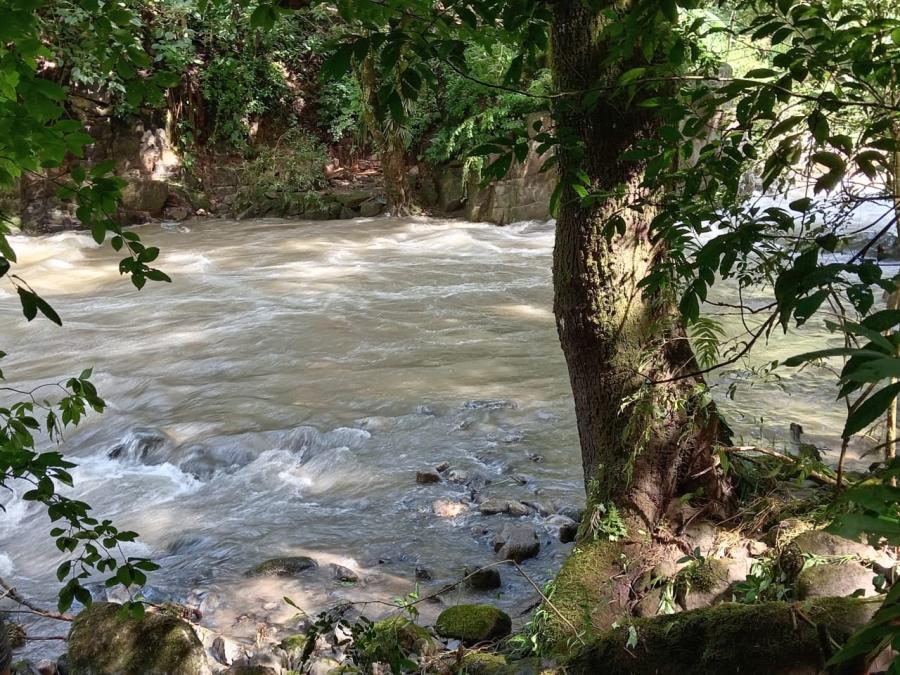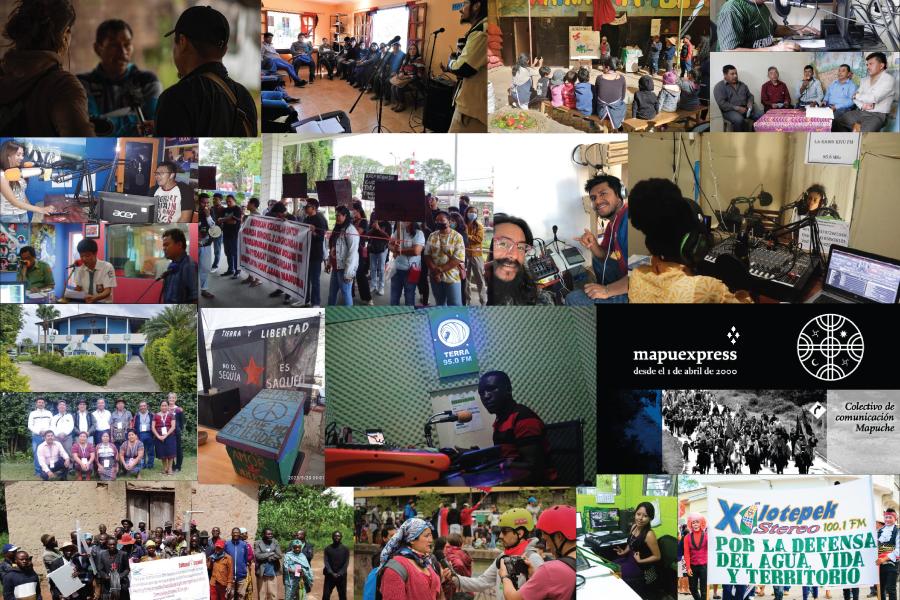
By Dev Kumar Sunuwar (Koĩts-Sunuwar, CS Staff)
Returning to the Indigenous Media Conference 2025, for the second time in Albuquerque, New Mexico, USA, I felt like coming home to a community of storytellers and journalists. The three-day annual event was held from August 13 to 15, with the theme “Sovereignty Equals Free Press,” organized by the Indigenous Journalists Association (IJA). The theme was not just a slogan, but a living philosophy for journalists who are committed to ensuring that Indigenous Peoples have the right to access media in their own languages and receive other media without discrimination, as enshrined in Article 16 of the United Nations Declaration on the Rights of Indigenous Peoples (UNDRIP).
This year, the conference brought together over 400 Indigenous Journalists, storytellers, and media professionals, mostly from North America and beyond. I felt a more profound connection as I immersed myself in Indigenous Journalism, media, and storytelling techniques. It was a space where Indigenous storytelling traditions met with modern media tools. The focus of the conference was not only on improving our journalism skills and storytelling techniques, but also on being better relatives to our own Indigenous communities and better caretakers of the stories of the struggles faced by our communities.
The three-day conference hosted nearly 50 sessions, with essential discussions on the issues affecting Indigenous Peoples, from environmental justice, land reclamation, food sovereignty, plant medicine, the urgent crisis of Missing and Murdered Indigenous Peoples, to growing threats to media funding. The shared belief that being an Indigenous journalist means protecting our nation’s right to self-determination was even more important than the gathering. Each session offered many insights, as each highlighted how “our stories are our strength” and how they are linked to Indigenous sovereignty in the world. Often, they are shared with misinformation and colonial narratives by outsiders.
The opening ceremony featured a blessing from Regis Pecos (Pueblo of Cochiti), setting a tone of respect and unity. IJA President Christine Trudeau (Prairie Band Potawatomi Nation) delivered a welcome speech, saying, “Sovereignty equals free press because our stories are our power, reclaiming them ensures our nations thrive.” Her words reminded me of why I joined journalism and started Indigenous-led Indigenous Television, the only media outlet in Nepal that focuses on amplifying Indigenous voices and challenging systems that try to silence us in order to speak the truth about our community.
Environmental justice and land reclamation were key topics in the sessions, as the conversation about climate change and land reclamation was particularly meaningful to all Indigenous Peoples globally. Danielle Paradis (Metis Nation of Alberta), writer, editor, educator and podcaster, shared her insights from her work on climate change reporting with Inuit Indigenous communities in Canada’s eastern Arctic. She said, “There have been a lot of changes up north, be it melting permafrost, disappearing animal populations, and conflicts with colonialism that have further exacerbated those problems.” Her stories of Inuit Indigenous communities adapting to climate-driven changes resonated deeply, especially when she said, “When there is climate change, it changes the way people hunt, it changes the way people eat, and it shows that it’s not just one thing, it never is with colonialism.”
Paradis further stressed the importance of Indigenous knowledge, such as the Inuit Indigenous Peoples’ observations of caribou migrations on the island, which corrected scientific assumptions. She also shared the stories about how the Inuit community created apps to monitor sea ice safety. “I think it’s really important to base these issues of climate change in Indigenous knowledge to share the observations that we have, to share the knowledge and the stories of our ancestral land and territories,” she said. Her words inspired me to consider how our reporting can be linked with Indigenous wisdom in addressing modern challenges.
I was also fascinated with stories of the land back movement, as it represents a global effort of Indigenous Peoples for reclaiming land lost due to colonialism, and in Nepal, primarily due to state-led land privatization and a discriminatory legal system. Joseph Lee (Aquinnah Wampanoag), an Indigenous journalist from Quinnipiac University in New York, said, “Land bank is a global Indigenous Peoples’ movement to reclaim land that was lost, stolen, degraded, and violated by colonialism and colonial forces.” His book, “Nothing More of This Land,” describes a series of struggles of his own Aquinnah Wampanoag community with land loss, especially from the rising tourism industry in their territories and rising property value. He further says, “We have lost a lot of our land to the very expensive homes. Tax property values are high. We can’t afford to live there anymore.” Lee also shared the stories of how his Indigenous community is forced to buy back or receive donated lands. Emphasizing Indigenous Peoples’ stewardship of land, he said, “Indigenous Peoples are the best stewards of land; they know what the land needs and what is good for the people, animals, and the water.” And he called, “to learn from each other and find ways to connect.” When he spoke, I felt like a challenge as well as a renewed commitment to strengthen networks among Indigenous Peoples as a goal.
Similarly, the session on food sovereignty, as well as food reporting, provided a new perspective on cultural resilience. Andi Murphy (Dine), an Indigenous journalist and host of the “Toasted Sister” podcast and producer for Native America Calling, spoke at great length about Indigenous food traditions. She emphasized that Indigenous Peoples have access to diverse food options, and interest in food is increasing. Lately, climate change and political instability have threatened these traditions, but she said, “The big enemy today, I think, is climate change.” Murphy, advising novice Indigenous journalists, said, “If I were to have a message for Indigenous journalists, it is to become obsessed with a topic…it really makes you a better journalist, because you are spending time, as well as connecting with your people, and constantly watching what they are doing.” This advice resonated strongly with me. Murphy’s words encouraged me and many other novice journalists to focus more, perhaps on food or environmental stories, to create deeper, more impactful narratives.
Dev Kumar Sunuwar (Koĩts-Sunuwar) and Cultural Survival Executive Director Aimee Roberson (Choctaw and Chickasaw) attended the Indigenous Media Conference, held in Albuquerque, New Mexico, from August 13 to 15, 2025.
The plant medicine and reproductive sovereignty panels equally opened my eyes to look into how important these topics are for the Indigenous communities’ health. Mary Jane Oatman (Nez Perce/Delaware) shared a story about how she and her community made it possible to return to hemp use after prohibition. She said, “Since we have ended the war on plant medicine, especially with industrial hemp, our communities are still using the plant medicine in their formulations.” Oatman also warned about cultural misappropriation. “It is important to document what is happening in our communities because the exploitation of plant medicine is critical,” she said. This wording made me think about the need to protect our cultural knowledge and Indigenous skills. “We have to give back to the plant. We cannot just keep taking,” she emphasized, highlighting the reciprocity, and added that healing is a human right, “it's a basic human right.” Everyone, not just Indigenous Peoples, should understand that personal healing and sovereignty are individual rights.” These words inspired me to explore how our Indigenous Peoples’ stories can help safeguard cultural practices.
The crisis of Missing and Murdered Indigenous Peoples added significant emotional depth to the event. Tara Gatewood (Isleta Pueblo/Dine) led a panel on ethnical reporting. She said, “The dominant narrative often portrays Indigenous Peoples as victims and overlooks their strength. We need to elevate Indigenous Peoples’ voices while minimizing possible harm.” The discussion about the international database for missing and Murdered Indigenous women and Peoples introduced collaborative efforts and tools, which I found might be helpful for many Indigenous journalists reporting on this issue. In parallel, the sessions related to digital sovereignty and journalist safety were important, especially the strategies used to combat doxing, which were great, as there is an increasing hostility and threats towards Indigenous journalists reporting on their communities’ issues against corporations.
The creative storytelling was another attraction. Tazbah Chavez (Nuumu, Dine, San Carlos Apache), a multi-media artist, shares her work on the tv series "Reservation Dogs." She said, “Visual stories go from script to screen with style, purpose, and intention, bringing entire worlds to life.” There were also screenings of films like “She Cried That Day and Remaining Native”, which led to in-depth discussions about trauma and justice, further highlighting the impact of indigenous-led stories. Similarly, the session related to new talents, primarily featuring an interaction with Indigenous Journalism fellows and Tim Giago Free Press Awardee Troy Littledeer (United Keetoowah Band of Cherokee Indians), was inspiring. The fellows said, “The demand for Indigenous perspectives in the story is higher than ever, but it is still a challenge to enter into these careers. Therefore, we need newsrooms to support and keep Indigenous voices.” This resonates with my own experience working in the so-called mainstream media field.
More importantly, the funding cuts to the Tribal broadcasting were a serious topic. Loris Taylor (Hopi/Acoma), President of Native Public Media, warned, “The decision to fund cuts to public media affects the public’s right to information and the variety of voices in America.” This talk mainly concentrates on community-owned media systems. I felt like a call to action to protect our Indigenous-led media platforms. The Indigenous Media Awards celebrated achievements, including the Richard LaCourse Award for Investigative Journalism, presented to Grist, the Tim Giago Free Press Award to Troy Littledeer, the Minnie Two Shoes Award for Excellence in Tribal Media to Denise Titian (Nuu-Chah-Nulth), and the Elias Boudinot Free Press Award to O’dham Action News.
After attending the conference for the second time, I have felt a stronger connection to the global Indigenous media fraternity. The Indigenous Media Expo and networking events helped deepen the relationship with more and more Indigenous journalists, storytellers, and media practitioners, which I started last year. And finally, I realized how much we can learn from each other. Trudeau’s closing words, “our free press is sovereignty in action, empowering Indigenous communities worldwide to the truth of their struggles,” resonated with me as I left. I have felt much more motivated to share these stories with purpose and care.



